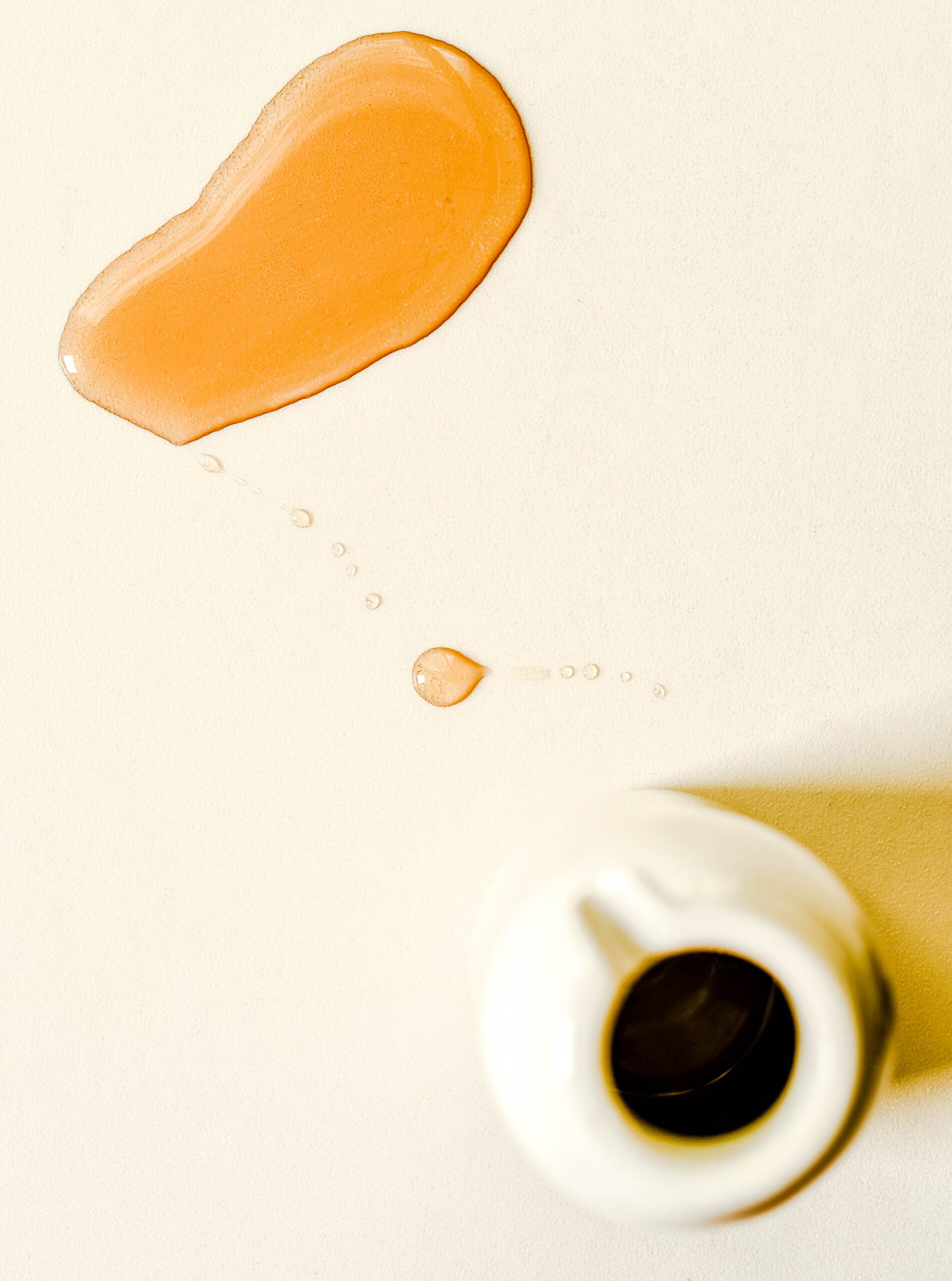
Diving into the world of syrups, especially when on a gluten-free diet, can be like navigating a maze with a blindfold. But fear not! Today, we’re uncovering the delicious details about one of our favorite toppings: maple syrup. Is this golden, sticky delight safe for those with gluten sensitivity or celiac disease? The short answer is yes! But there are a few things to consider. Let’s discover the truth about maple syrup and its place in a gluten-free lifestyle.
Maple Syrup At A Glance
Understanding what makes maple syrup genuinely gluten-free begins with a look into its source. Maple syrup comes directly from the sap of the maple tree, primarily harvested in the cold climates of Canada and the northeastern United States. This sap is then boiled down to create the thick, amber syrup we all love – a process that, in its purest form, involves no additives, preservatives, or gluten ingredients.
Is Maple Syrup the only syrup that comes from trees?
No, maple syrup is not the only syrup that comes from trees. There are other types of tree syrups like birch syrup, maple-birch blend syrup, and acacia syrup. However, maple syrup is the most popular and widely known tree syrup.
Maple Syrup Comes in Grades
Maple syrup is classified into grades based on its color and flavor intensity, which reflect the time of the sap harvest during the maple season. The grading system helps consumers choose the syrup that best suits their taste preferences. The grades are:
Grade A
- Golden Color and Delicate Taste: This syrup comes from sap collected at the beginning of the harvest season. It has a light, delicate maple flavor suitable for making maple-sweetened products.
- Amber Color and Rich Taste: A bit darker with a more full-bodied maple flavor, this grade is great for pancakes and waffles.
- Dark Color and Robust Taste: Harvested later in the season, this syrup has a deeper, more robust maple flavor, making it ideal for cooking and baking.
- Very Dark and Strong Taste: This grade is harvested at the end of the season. It has the strongest maple flavor and is best used in recipes where a strong maple presence is desired.
Processing Grade
This syrup is not sold retail and is used for flavouring or processing into other maple products due to its very strong taste or some imperfections in its appearance.
Each grade of maple syrup offers a unique taste and color, allowing for versatile use in various culinary applications, from topping for breakfast foods to an ingredient in complex sauces and desserts.
Is Maple Syrup Healthy
And if you’re worried about sugar levels and counting carbs, many popular brands of maple syrup have low glycemic index, which means they won’t raise your blood sugar levels as fast as regular sugar. So, it’s not only gluten-free but also a healthier option compared to other syrups made with sugar cane or fructose corn syrup.
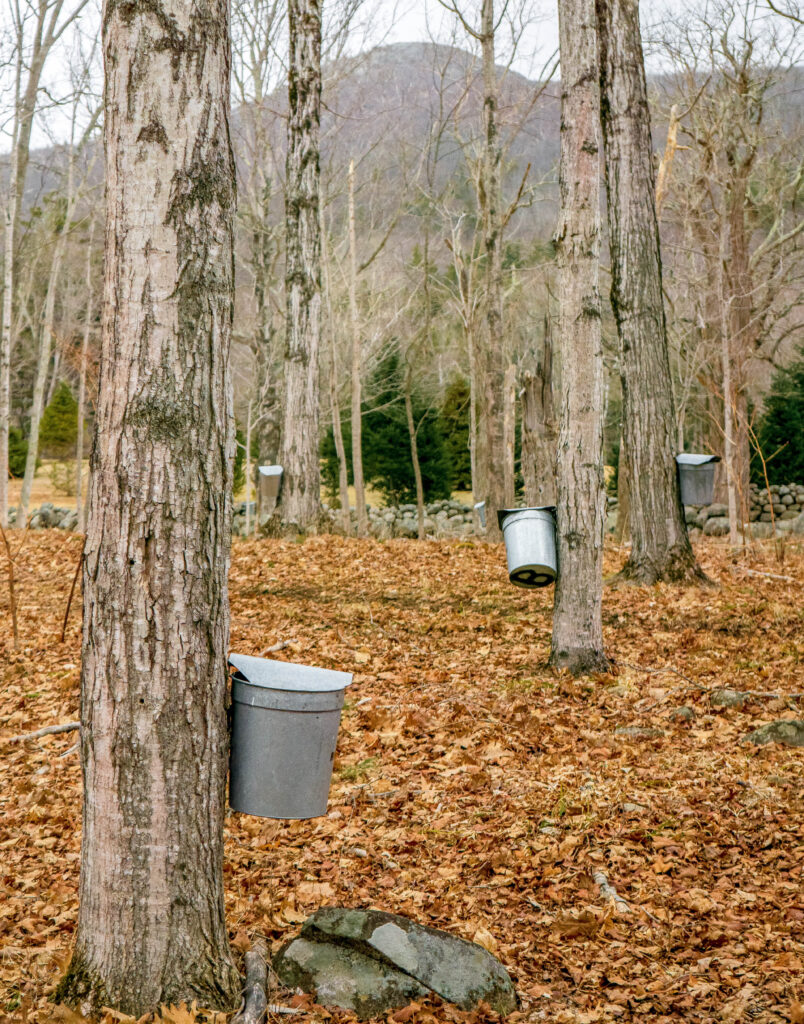
What is Gluten
Gluten is a group of proteins found in certain grains, such as wheat, barley, and rye. It helps foods maintain their shape, acting as a glue that holds food together. Gluten can cause health problems for individuals with gluten-related disorders, such as celiac disease, gluten sensitivity, and wheat allergy.
Is real Maple Syrup Gluten Free
When syrup is labeled as 100% maple syrup, it means exactly that: pure syrup with no added sugars, corn syrup, or artificial flavors that could contain gluten. This purity makes 100% maple syrup not only a delicious but also a safe choice for those on a gluten-free diet. It’s a versatile ingredient, perfect for drizzling over gluten-free pancakes, waffles, or even incorporating into various recipes to add natural sweetness.
Can Celiacs Eat Maple Syrup
Yes, individuals with celiac disease can generally eat pure maple syrup because it is naturally gluten-free. However, they should always check product labels for any potential cross-contamination or additives that might contain gluten.
Read: Maple Syrup vs Golden Syrup: What’s the Difference?
Are Maple Syrup And Pancake Syrup The Same Thing
No, maple syrup and pancake syrup are not the same thing. Maple syrup is a natural, pure syrup made from the sap of sugar maple trees, while pancake syrup is typically an artificial, flavored syrup made with corn syrup and additives.
Maple syrup contains a distinct, rich flavor, while pancake syrup often imitates maple but lacks its natural taste.
Suggested: How to Substitute Maple Syrup for Sugar in Recipes
Pancake Syrup at a Glance
Pancake syrup, in a nutshell, is a popular sweet topping commonly drizzled over pancakes and waffles. It’s typically composed of ingredients like corn syrup, sugar, and artificial flavorings, offering a sweet and syrupy complement to breakfast dishes.
When choosing pancake syrup, it’s advisable to scrutinize product labels, especially for those with dietary restrictions like gluten sensitivities, to ensure it meets their dietary needs. Many variations of pancake syrup are available, including options that cater to specific dietary preferences or health concerns
Is Pancake Syrup Gluten Free
It depends on the specific brand and ingredients used in the pancake syrup. Some pancake syrups contain wheat-based ingredients and are not gluten-free, while others are made with gluten-free ingredients and are safe for people with gluten sensitivities or celiac disease. It is best to check the label of the pancake syrup or contact the manufacturer to confirm if it is gluten free pancake syrup.
Which Brands Of Pancake Syrup Are GlutenFree
The challenge arises with pancake syrups and other maple-flavored products, which often include gluten ingredients for texture or as fillers. Brands like Aunt Jemima and Log Cabin have evolved, with Pearl Milling Company taking steps to offer gluten-free syrup options. However, vigilance is key. Always check labels for terms like “maple flavored” or “pancake syrup,” as these are often signals that the product is not 100% maple and may pose a risk for those with celiac or gluten sensitivity.
The Role of Additives and Cross-Contamination
Even in cases where maple syrup is pure, the risk of cross-contamination cannot be ignored. Facilities that process both gluten-containing and gluten-free foods could inadvertently introduce gluten into a product. This is why it’s crucial to look for syrups that are not only labeled as gluten-free but also certified, ensuring they’ve been produced in a gluten-free environment.
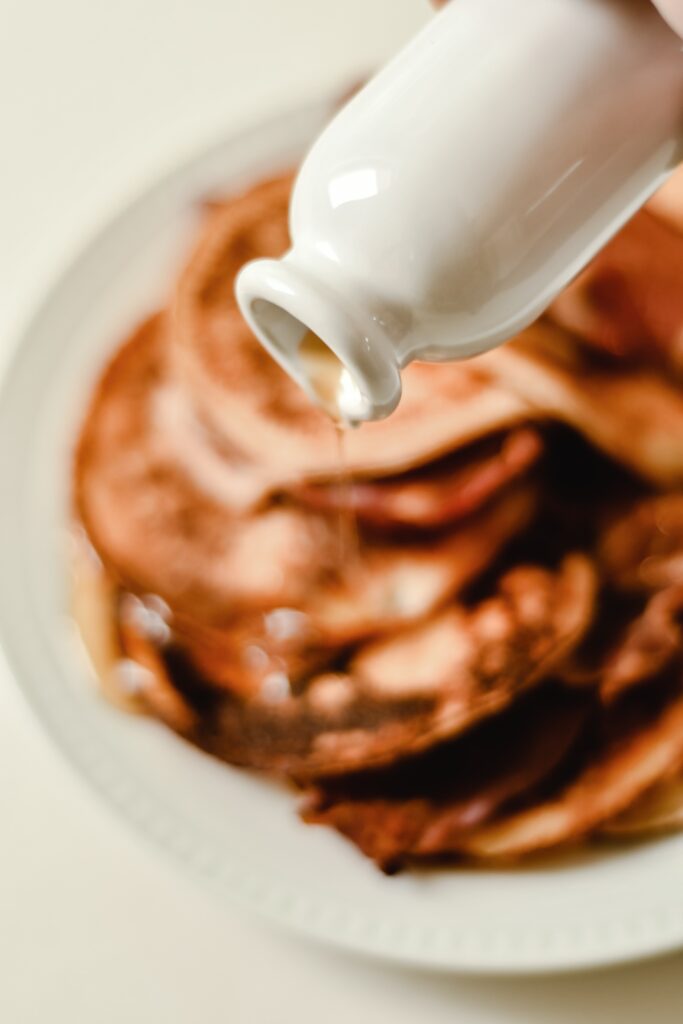
FAQ Gluten Free Maple Syrup
Is all maple syrup gluten-free?
Yes, pure, 100% maple syrup is naturally gluten-free. However, caution is needed with syrup blends or flavored syrups, which might contain gluten.
Can I use maple syrup on a gluten-free diet?
Absolutely! Maple syrup is a great choice for sweetening gluten-free pancakes, waffles, or other recipes without adding gluten.
How can I ensure my maple syrup is gluten-free?
Look for syrups labeled as 100% maple syrup and check for a gluten-free certification to ensure there’s no cross-contamination.
What should I avoid when choosing maple syrup on a gluten-free diet?
Steer clear of pancake syrups and maple-flavored products that may contain corn syrup, artificial flavors, or other gluten-containing ingredients.
Can maple syrup replace sugar in gluten-free recipes?
Yes, maple syrup can be a delicious, natural sweetener in gluten-free recipes, offering a unique flavor and moisture that sugar alone cannot.
Is Crown Maple Syrup Gluten Free
Yes, Crown Maple syrup is considered gluten-free and can be safely consumed by people following a gluten-free diet.
Is Aunt Jemima Syrup Gluten Free
Aunt Jemima pancake syrup and pancake mixes are not labeled as gluten-free. They may contain ingredients or be processed in facilities where cross-contamination with gluten can occur. However, product formulations can change over time, and it’s crucial to check the most recent product labels or the manufacturer’s website for the latest information regarding gluten-free status.
Looking to try some delicious recipes with Maple Syrup? Try these!
- Apple and Goat Cheese Salad with a Maple Balsamic Vinaigrette
- Maple and Rosemary Whisky Cocktail
- Maple Bourbon Pecan Pie
- Easy Maple Buttercream Frosting
Conclusion
In the sweet search for gluten-free toppings, real maple syrup stands out as a beacon of hope for those with gluten sensitivity and celiac disease. Its natural production process and inherent absence of gluten make it a delightful and worry-free addition to any gluten-free diet. While navigating the syrup aisle, remember to search for those magical words – 100% maple syrup – and keep an eye out for certifications and labels that guarantee a gluten-free product. Embracing natural maple syrup not only ensures a safer dietary choice but also invites the rich, authentic flavor of maple into your gluten-free recipes, transforming ordinary gluten-free pancakes into extraordinary breakfast masterpieces. So, pour freely and enjoy the natural sweetness that only pure maple syrup can bring to your table.

Christopher is a food and lifestyle expert, recipe developer and the content creator behind May Eighty Five. With years of experience in the kitchen, he also shares tips, tricks and how to’s that he has learnt over the years. Every week, he shares quick, simple and mostly healthy recipes along with some home and entertaining tips. You will find flavorful cocktails, delicious appetizers, tasty mains and some indulgent desserts. As a home decor enthusiast, he also likes to share simple DIY projects and simple tips for a beautiful home.


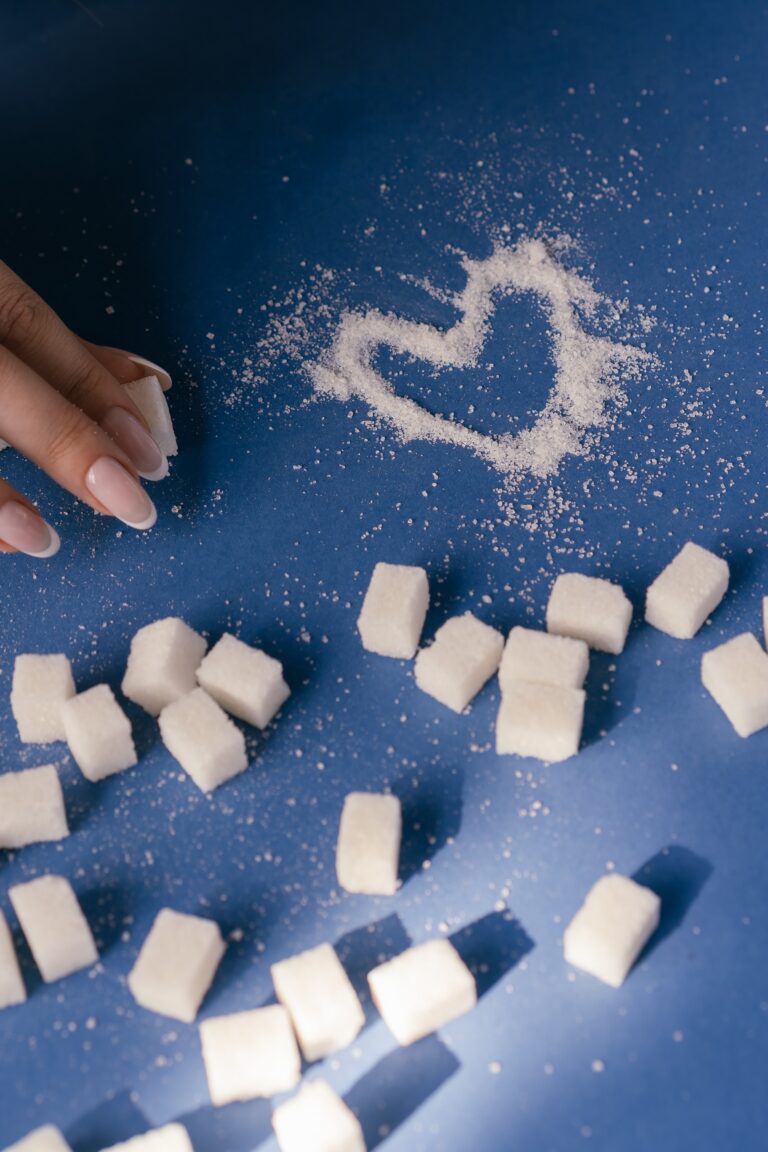
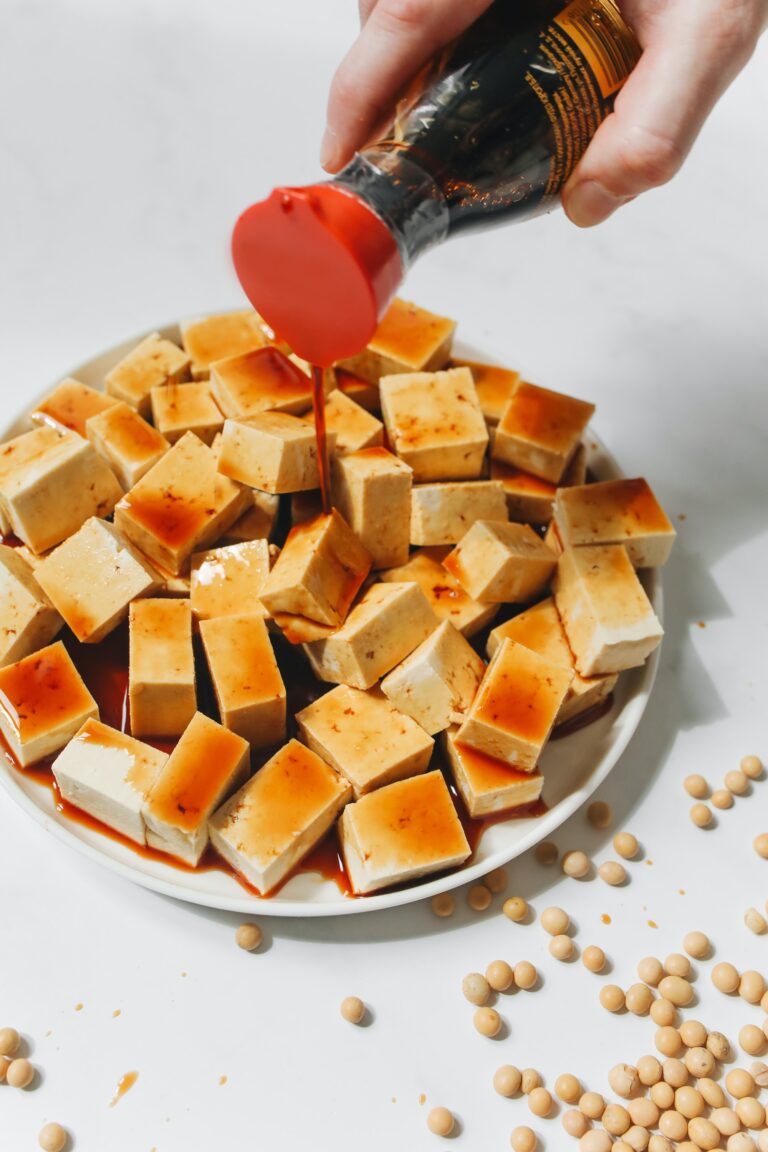
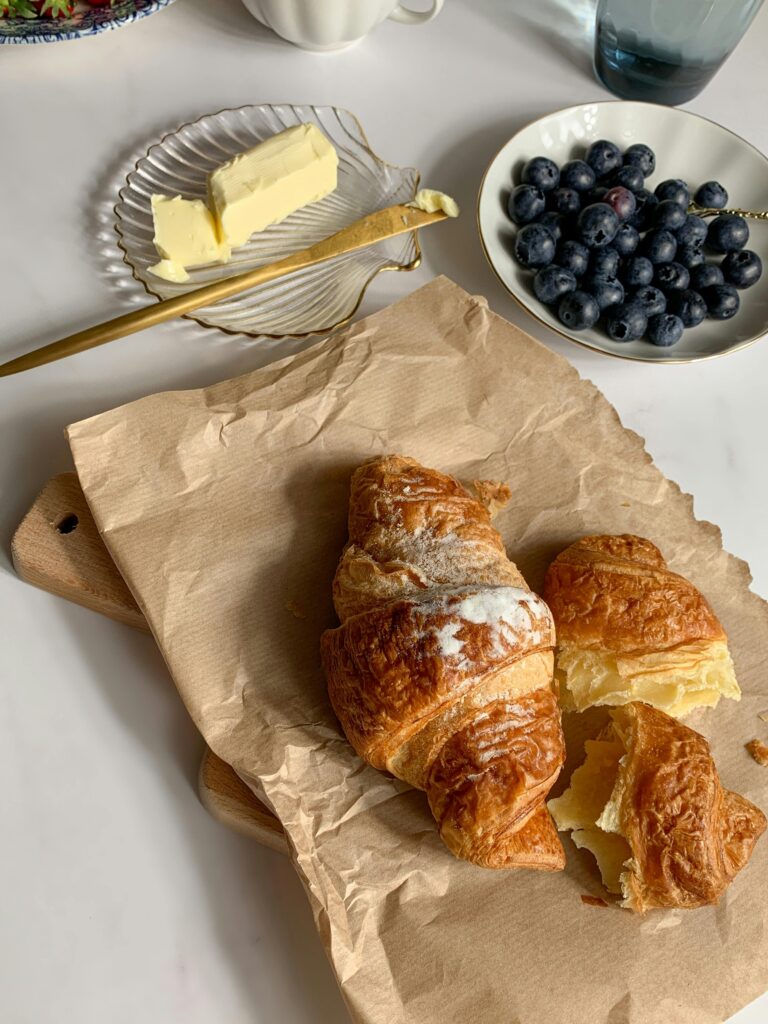
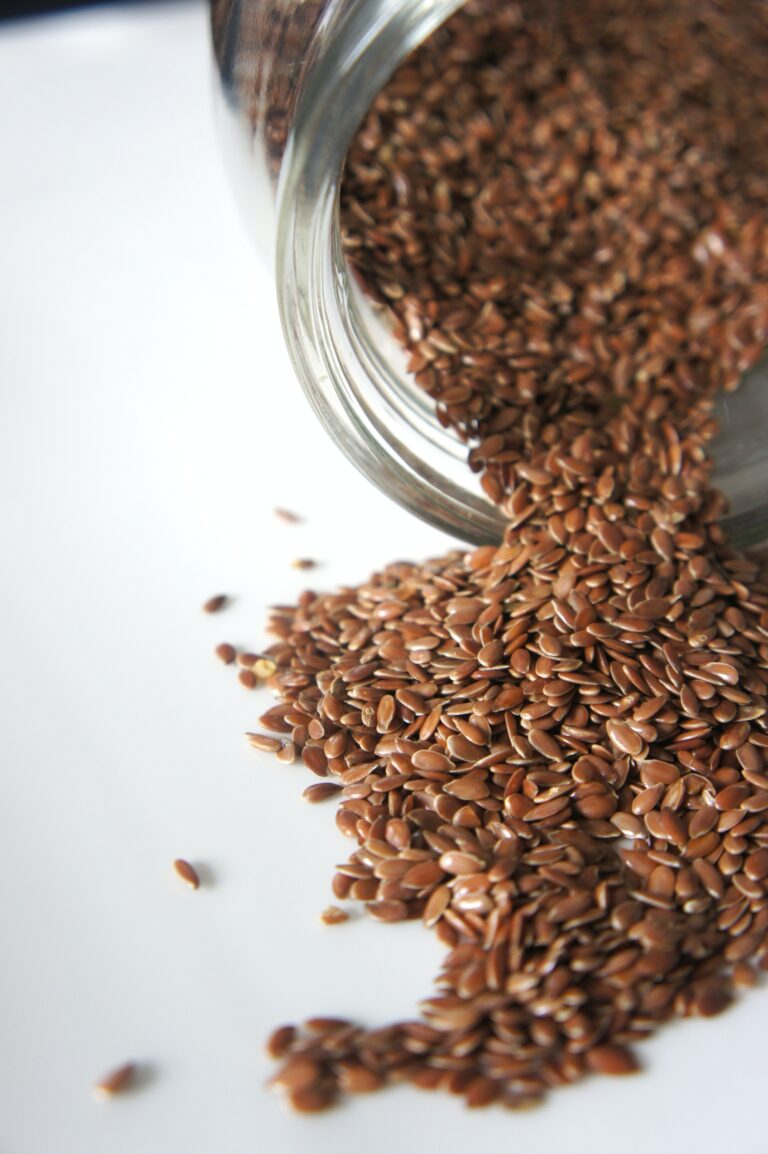

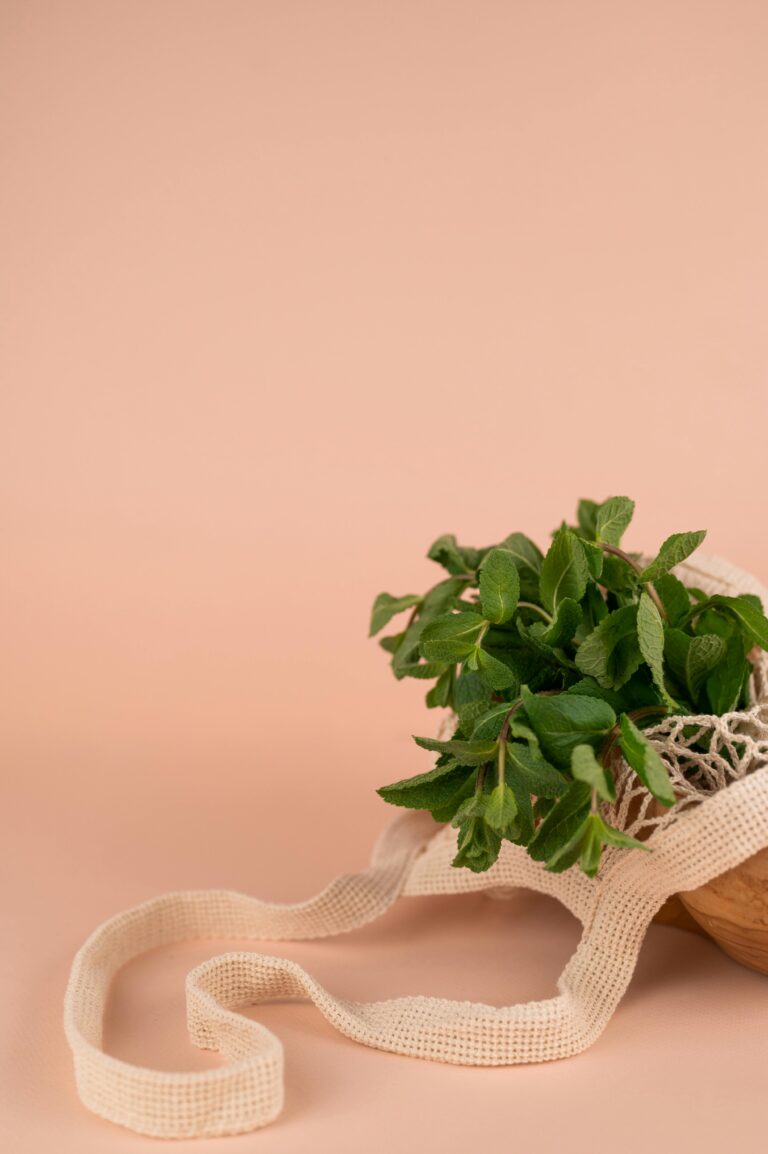
15 Comments